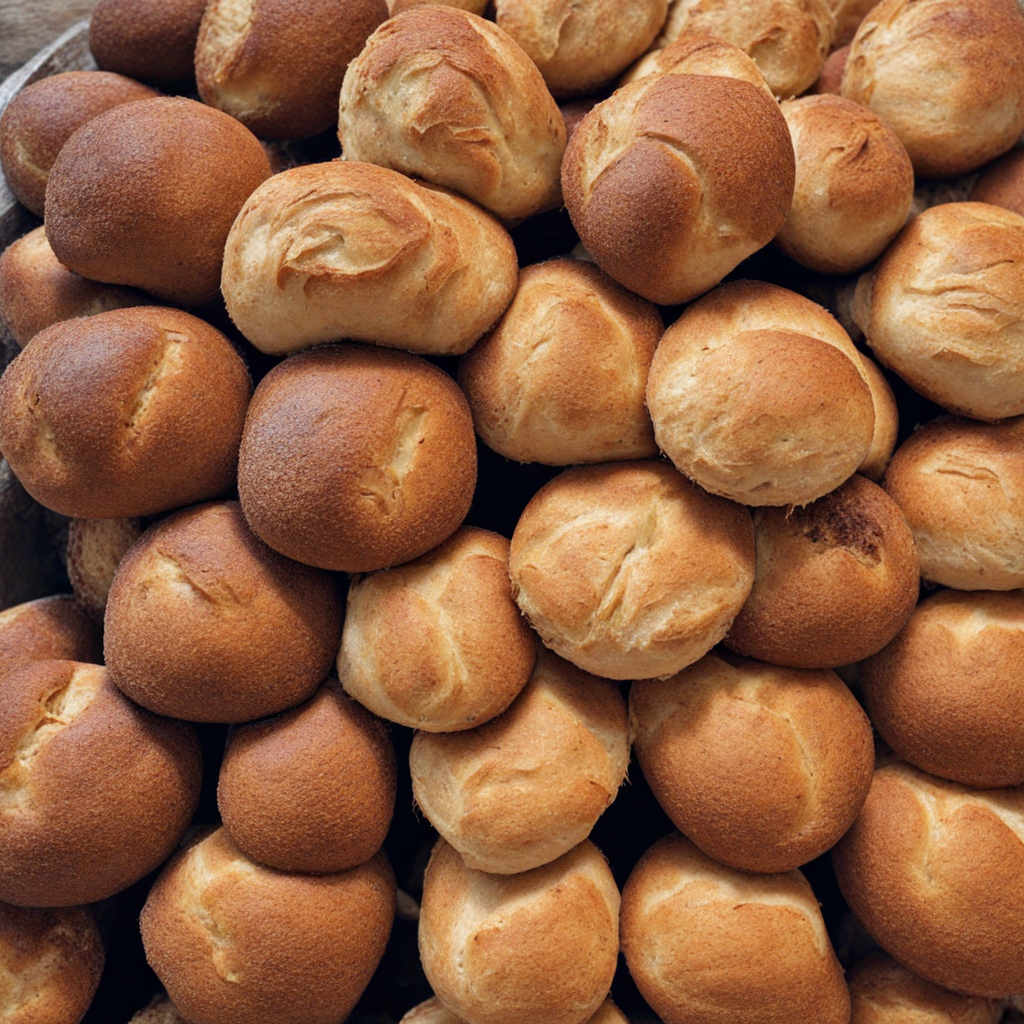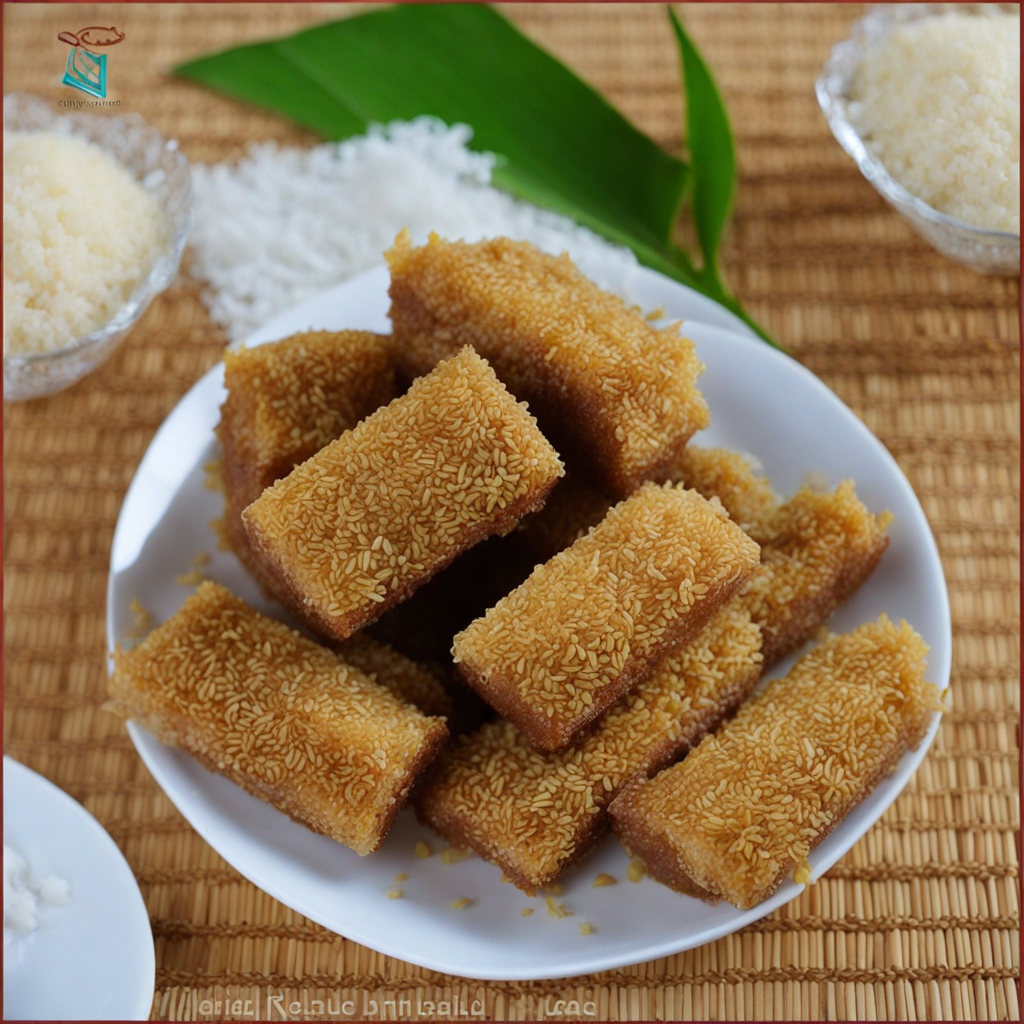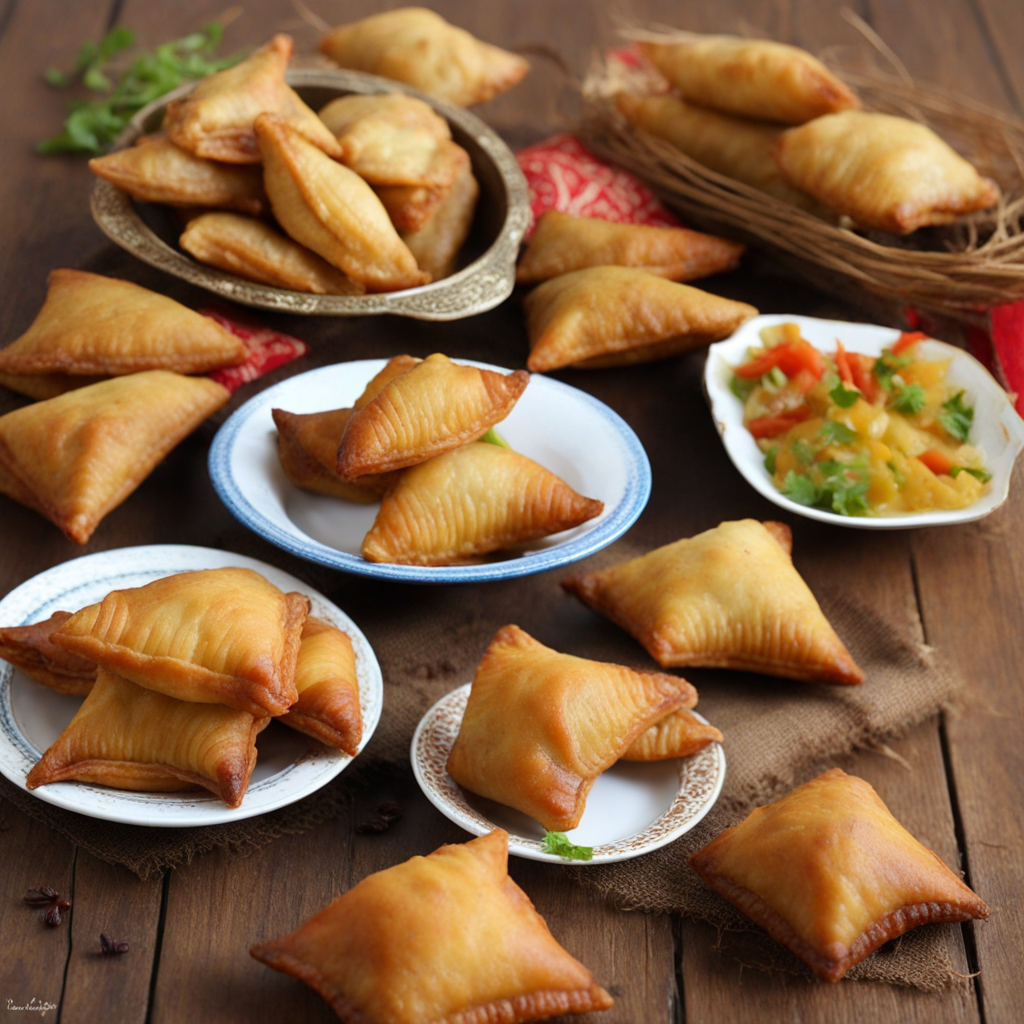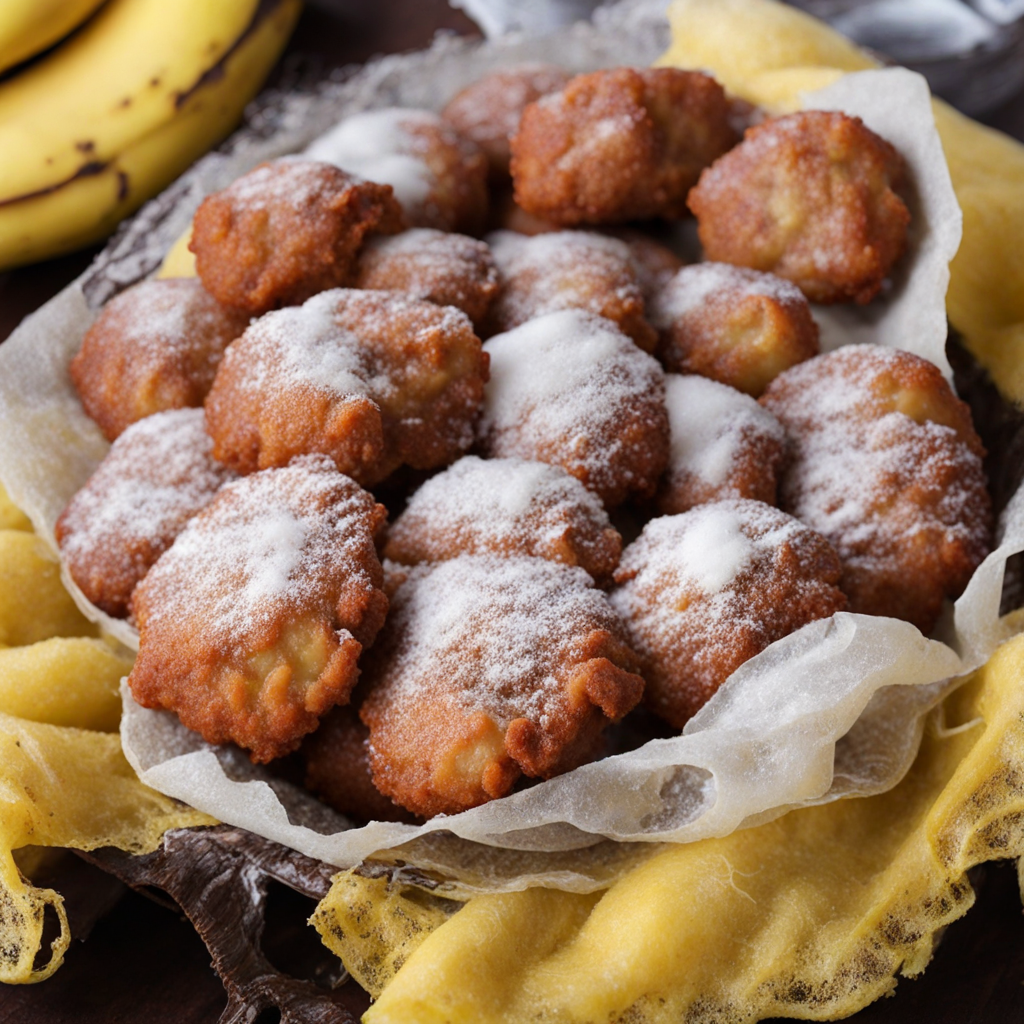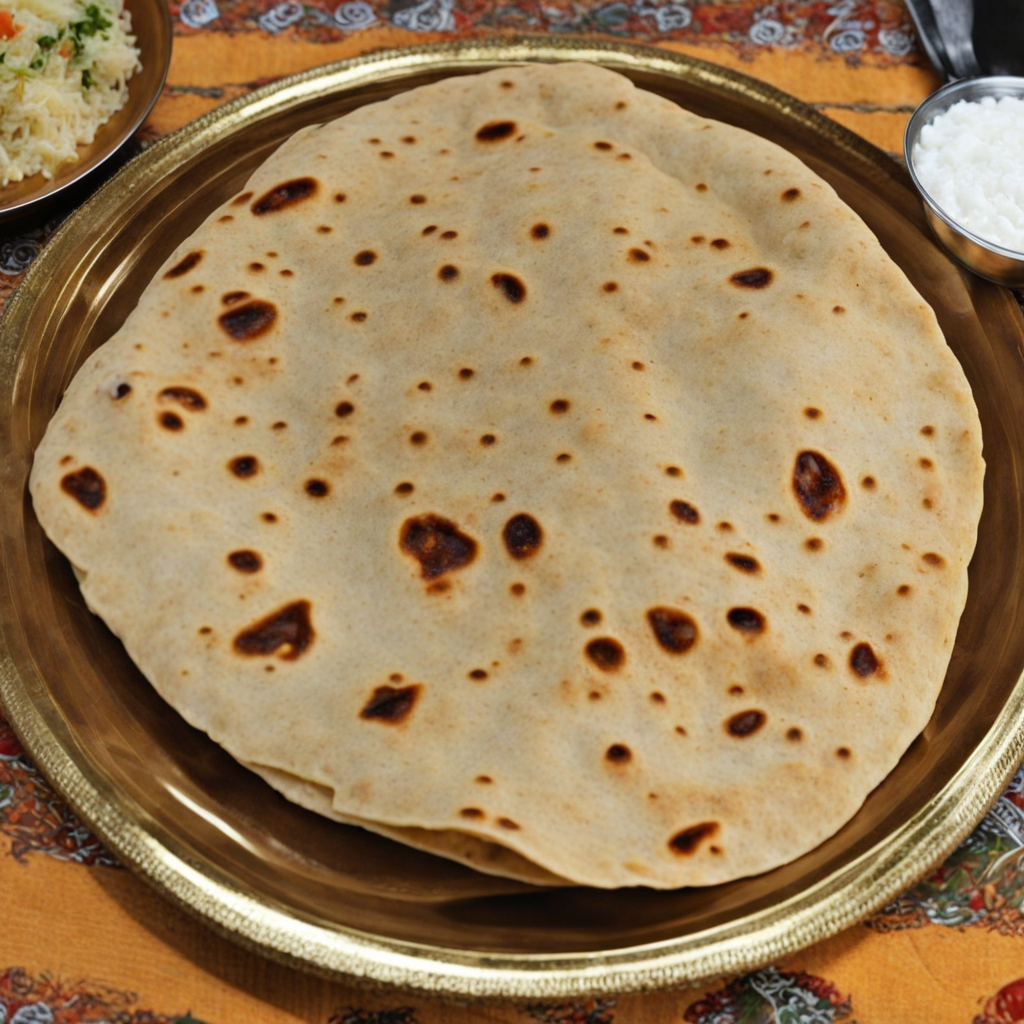Mkatra Foutra
Mkatra Foutra is a delightful dish from the Comoros Islands, renowned for its unique blend of flavors and textures. At its core, Mkatra Foutra consists of a type of pancake made from rice flour and coconut milk, which gives it a rich, creamy consistency. The pancakes are typically lightly fried, resulting in a golden-brown exterior that is crispy, while the inside remains soft and tender. This dish is often enjoyed as a breakfast item or a snack, making it a versatile choice for any time of day. The flavor profile of Mkatra Foutra is a harmonious balance between sweet and savory. The natural sweetness of the coconut milk infuses the pancakes, while a hint of salt adds depth to the flavor. Sometimes, a touch of vanilla or spices such as cinnamon is incorporated, enhancing the aromatic experience. Traditionally, Mkatra Foutra is served with a variety of accompaniments, including honey, fruit, or even savory toppings like cheese, allowing diners to customize their experience according to their preferences. What truly sets Mkatra Foutra apart is its cultural significance and the communal aspect of enjoying the dish. In Comorian households, preparing Mkatra Foutra can often become a family activity, with members gathering to cook and share in the enjoyment of the meal. This dish not only tantalizes the taste buds but also fosters a sense of togetherness, making it a cherished part of local culinary traditions. Each bite transports you to the lush landscapes of the Comoros, showcasing the islands' rich agricultural heritage and the warmth of its people.
How It Became This Dish
Mkatra Foutra: The Heart of Comorian Culinary Heritage Mkatra Foutra, a beloved traditional dish from the Comoros archipelago, embodies the rich cultural tapestry and culinary history of this Indian Ocean nation. Comoros, consisting of three main islands—Grande Comore, Mohéli, and Anjouan—has a diverse cultural heritage influenced by African, Arab, French, and Malagasy traditions. This unique blend is reflected in its cuisine, with Mkatra Foutra standing out as a staple that speaks to the nation’s agricultural bounty and culinary creativity. Origins of Mkatra Foutra The origins of Mkatra Foutra can be traced back to the influence of the islands’ early settlers and traders. The Comoros islands, known as the "Perfume Islands," were strategically located along trade routes between Africa, the Middle East, and Asia. Arab traders introduced new agricultural techniques and ingredients, including rice, coconuts, and spices. Mkatra Foutra is primarily made from rice flour, which is a testament to the agricultural practices that flourished on the islands. The dish's name, "Mkatra Foutra," can be roughly translated to mean "rice pudding" or "rice cake," showcasing its main ingredient. Traditionally, it is made by mixing rice flour with coconut milk and sugar, then steaming the mixture until it forms a dense, moist cake. The process of making Mkatra Foutra is a communal affair, often prepared during family gatherings, celebrations, and religious events, enhancing its cultural significance. Cultural Significance Mkatra Foutra is not merely a culinary delight; it is a symbol of hospitality and community within Comorian culture. The dish is often served to guests as a gesture of goodwill and friendship, embodying the Comorian spirit of warmth and generosity. During festive occasions, weddings, and religious holidays such as Eid, Mkatra Foutra takes center stage, showcasing the islands' culinary heritage. The preparation of Mkatra Foutra also reflects the communal nature of Comorian society. Families often come together to prepare large batches, reinforcing social bonds and cultural identity. The act of cooking becomes a shared experience, where stories are exchanged, and traditions are passed down through generations. This communal aspect of food preparation is vital in maintaining the Comorian way of life, where family and community hold significant importance. Development Over Time As Comoros navigated the complexities of colonialism and globalization, its culinary practices have evolved while maintaining a deep connection to traditional dishes like Mkatra Foutra. The influence of French colonial rule introduced new flavors and cooking techniques, which melded with local practices. The introduction of sugarcane plantations altered the sweetness profile of many Comorian dishes, including Mkatra Foutra, making it richer and more indulgent. In recent decades, the globalization of food and the proliferation of the internet have led to a renewed interest in traditional Comorian cuisine among the younger generations. Chefs and home cooks alike are experimenting with Mkatra Foutra, incorporating modern techniques and presentations while respecting the essence of the traditional recipe. Some variations have emerged, with added ingredients such as vanilla, cinnamon, and even fruit, creating innovative takes on the classic dish. Despite these adaptations, the core of Mkatra Foutra remains unchanged. The dish continues to be a celebration of local ingredients, particularly the coconuts and rice that are staples in Comorian agriculture. The resurgence in interest in traditional foods has also prompted discussions about food sovereignty and the importance of preserving indigenous culinary practices in the face of modernization. Mkatra Foutra Today Today, Mkatra Foutra is more than just a dish; it is a cultural emblem that represents the resilience and richness of Comorian heritage. As the islands face challenges such as climate change and economic instability, the preservation of culinary traditions becomes increasingly important. Initiatives aimed at promoting sustainable agriculture and traditional cooking practices are gaining traction, ensuring that dishes like Mkatra Foutra continue to be made and enjoyed by future generations. Food festivals and cultural events across Comoros now feature Mkatra Foutra as a highlight, allowing locals and tourists alike to appreciate the dish’s history and significance. The increasing presence of Comorian restaurants and food stalls in urban areas, both locally and abroad, has helped to introduce this traditional dish to a wider audience. Chefs are working to elevate Mkatra Foutra, pairing it with contemporary flavors and styles while still honoring its roots. Conclusion Mkatra Foutra is a delightful representation of the Comoros' culinary history, encapsulating the islands' agricultural heritage, cultural significance, and communal values. As it continues to evolve in a world influenced by globalization, Mkatra Foutra remains a testament to the resilience of Comorian culture. It serves as a reminder of the importance of preserving traditional food practices and the stories that accompany them. Through the lens of Mkatra Foutra, one can appreciate the intricate connections between food, identity, and community in the heart of the Comorian islands. In a world where culinary influences often overshadow local traditions, Mkatra Foutra stands as a delicious assertion of national pride, celebrating the flavors, stories, and people of Comoros. Its journey from ancient grains to the modern table reflects not only a dish but an enduring narrative of cultural heritage, resilience, and the importance of community bonding through food.
You may like
Discover local flavors from Comoros


